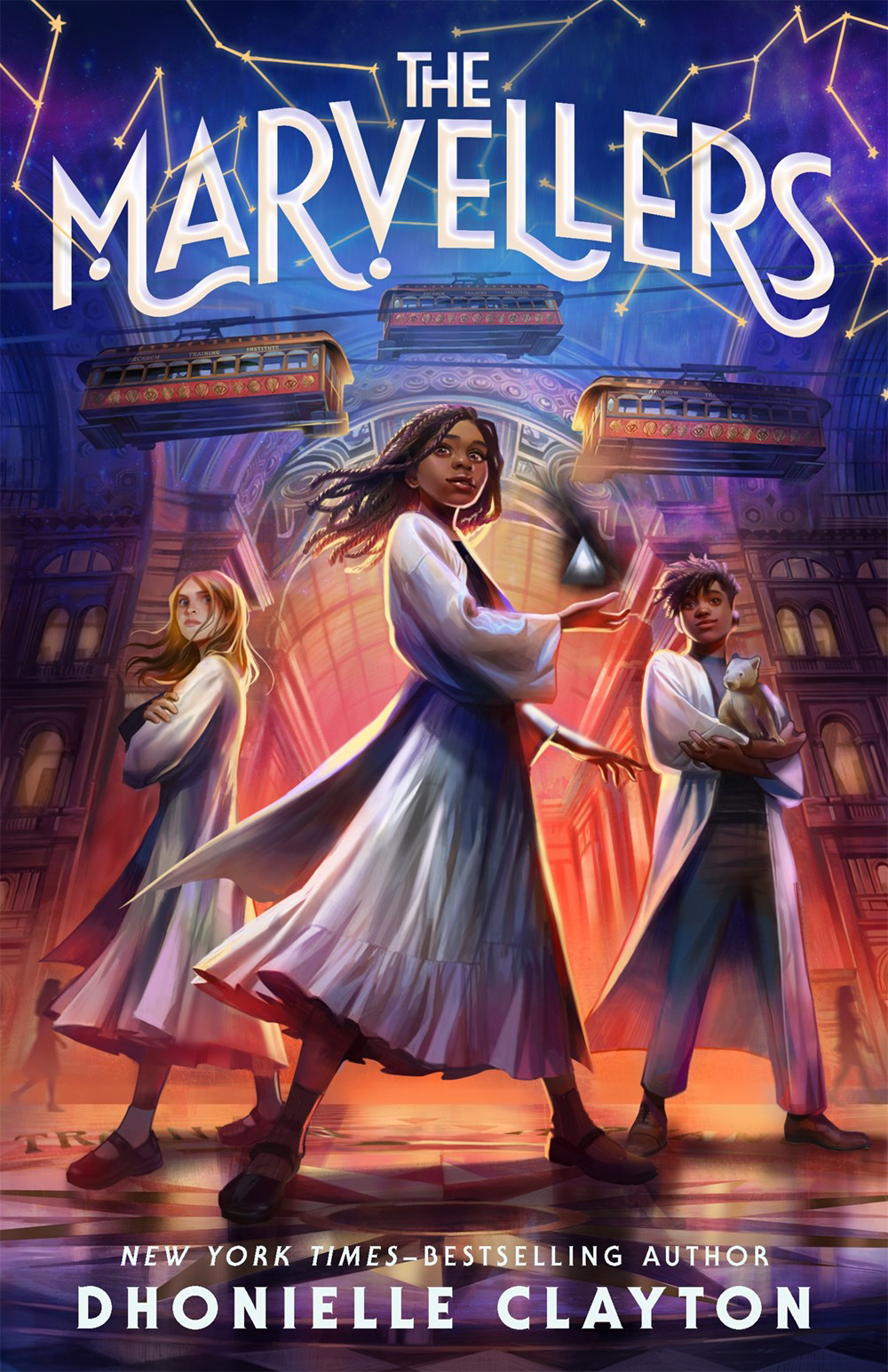The Civil War of Amos Abernathy
Thirteen-year-old Amos Abernathy loves history. He and his best friend, Chloe Thompson, volunteer as reenactors at the living history park in their small town of Apple Grove, Illinois. When Ben Oglevie begins volunteering at the park, Amos is instantly impressed with his knowledge of Abraham Lincoln, who is Amos’ favorite Illinois historical figure. It takes a little longer for Amos to realize he’s also got a serious crush on Ben.

When the park invites volunteers to submit proposals for a new exhibit, Amos struggles to come up with an idea until Ben sees a gay couple visiting the park and wonders whether LGBTQ people are part of the park’s history. Amos sets out to find answers and discovers Albert D.J. Cashier, a transgender man who fought in the Civil War and lived out the rest of his life in a town near Apple Grove. Amos knows that Albert’s story should be told at the living history park, but not everyone—including Ben’s conservative, religious parents—agrees.
Michael Leali’s debut novel, The Civil War of Amos Abernathy, is an inspiring portrait of determined young people helping their community become more inclusive. Told through diary-style letters that Amos writes to Albert, the book’s first-person narration is conversational and authentic, and Amos’ self-deprecating earnestness is quickly endearing.
The Civil War of Amos Abernathy is thoughtfully intersectional: A notable subplot depicts the racist and sexist resistance that Chloe faces when she applies for an apprenticeship in the park’s blacksmith shop. As Amos, Chloe and Ben work on their proposal, Amos becomes determined to change the way that “only some identities matter” in the story that the park tells about the past.
This tale of tweens who teach the adults in their lives important truths about justice, equity and the power of history shines with respect for its impassioned young protagonists.
★ Different Kinds of Fruit
Sixth grader Annabelle Blake is bored. She’s been attending the same small school since kindergarten, and it seems like nothing new or interesting ever happens in her small town. She often wishes that her family would move to the nearby big city of Seattle, just for some excitement.

Then Bailey, a nonbinary kid, moves to town. Bailey’s fashion is impeccable and their whole vibe is electrifying, so Annabelle is confused when her parents discourage her from getting close to them. If Annabelle’s parents don’t accept Bailey for who they are, then maybe she won’t be accepted either as she tries to determine which of the LGBTQIAP+ letters fit her best.
The actual reason is a secret that Annabelle’s parents have concealed her entire life: Annabelle’s father is a transgender man and is the person who gave birth to her. He was rejected by his trans community for his decision to become a birthing parent, and his pain has kept him in hiding ever since.
Kyle Lukoff’s remarkable Different Kinds of Fruit juxtaposes two generations of gender-nonconforming people’s experiences. It honors the trauma that Annabelle’s dad went through but, as in The Civil War of Amos Abernathy, shows how much adults have to gain by listening to and learning from young people.
Annabelle also has a lot to learn—about herself, her family and her community. Her eager, openhearted spirit makes her story especially accessible to readers who are also beginning to understand the spectrum of gender identities but who may not have ever met a nonbinary or transgender person. Different Kinds of Fruit will be as meaningful to young people today as Judy Blume’s Are You There God? It’s Me, Margaret was for earlier generations of readers.
The Rainbow Parade
Emily Neilson draws on childhood memories to offer young readers a front-row seat to San Francisco’s Pride celebration in The Rainbow Parade.

On the day of the Rainbow Parade, Emily loves to take the train with Mama and Mommy and meet family friends in the city. As they walk down the sidewalk together, Emily sees people “wearing whatever makes them feel most like themselves,” whether it’s swishy dresses, casual clothing, leather outfits or nearly nothing.
When the parade begins, Emily enjoys the loud motorcycles and the bright colors. But when the rainbow fairy queen invites Emily’s family to join the parade, Emily wonders, “Maybe I’m not loud enough or proud enough” to join the festivities. Emily’s moms offer reassurance that the parade is a place where everyone belongs and that “sometimes finding your pride takes a little practice.”
The Rainbow Parade is a dazzling celebration of queer families that captures how empowering it is to be accepted for who we are. Neilson’s digital illustrations convey the joyful fun of marching in the parade as well as watching it from the sidelines. They expertly communicate Emily’s emotions via facial expressions and body language, whether the child is grinning and striding toward the train, hand-in-hand with Mama and Mommy, or gazing wide-eyed at the people marching and pondering the possibility of joining them..
The final page of The Rainbow Parade includes photos of Neilson as a child attending Pride celebrations with their family, as well as a moving note in which Neilson pays tribute to their moms for teaching them “how powerful it can be when we love and accept ourselves.”
Correction, May 26, 2022: A shortened version of this article that appeared in print used pronouns when referring to the protagonist of The Rainbow Parade. This character’s pronouns are not specified in the text of the book.



























